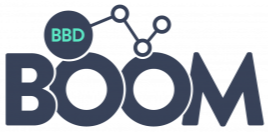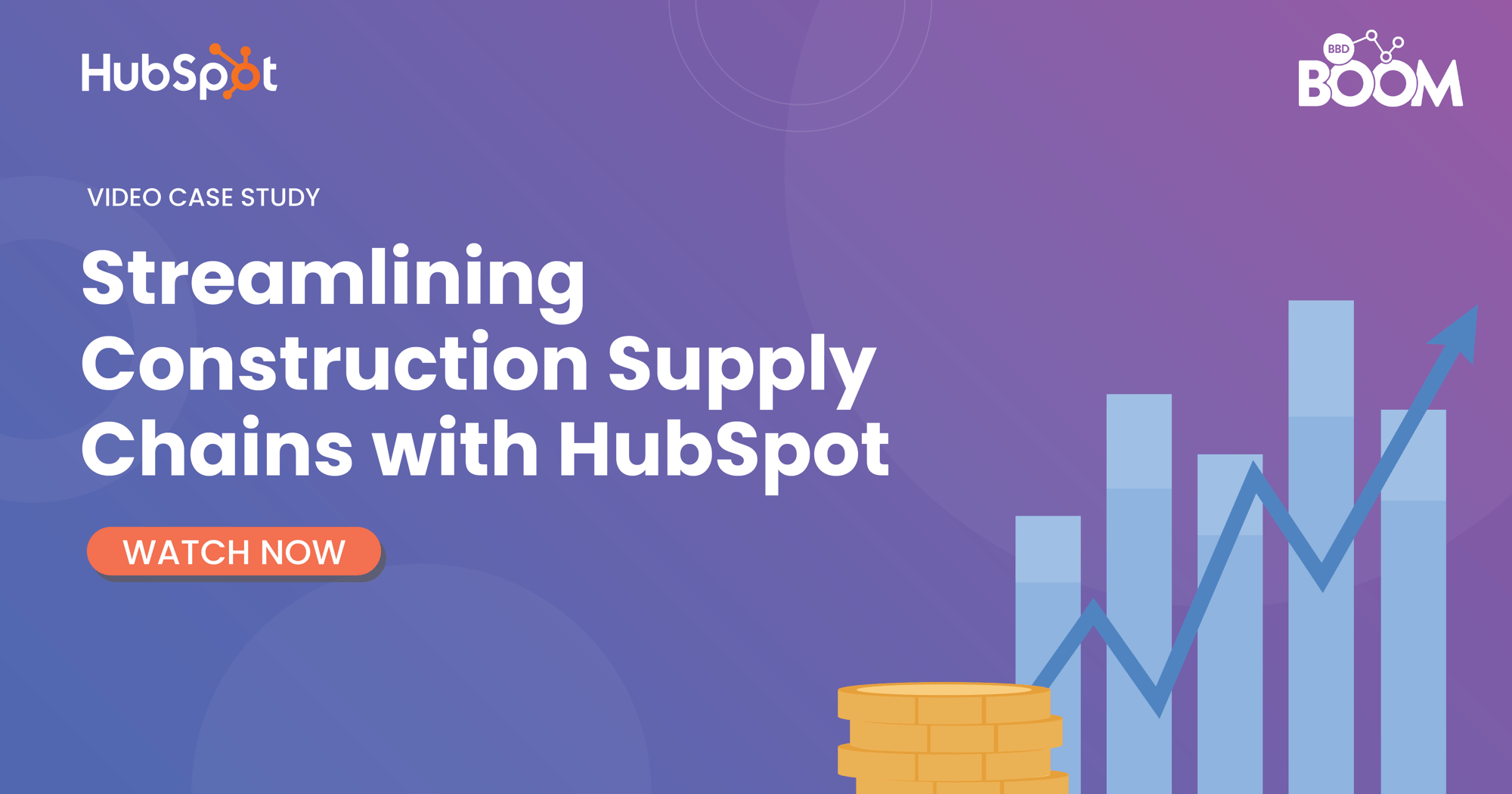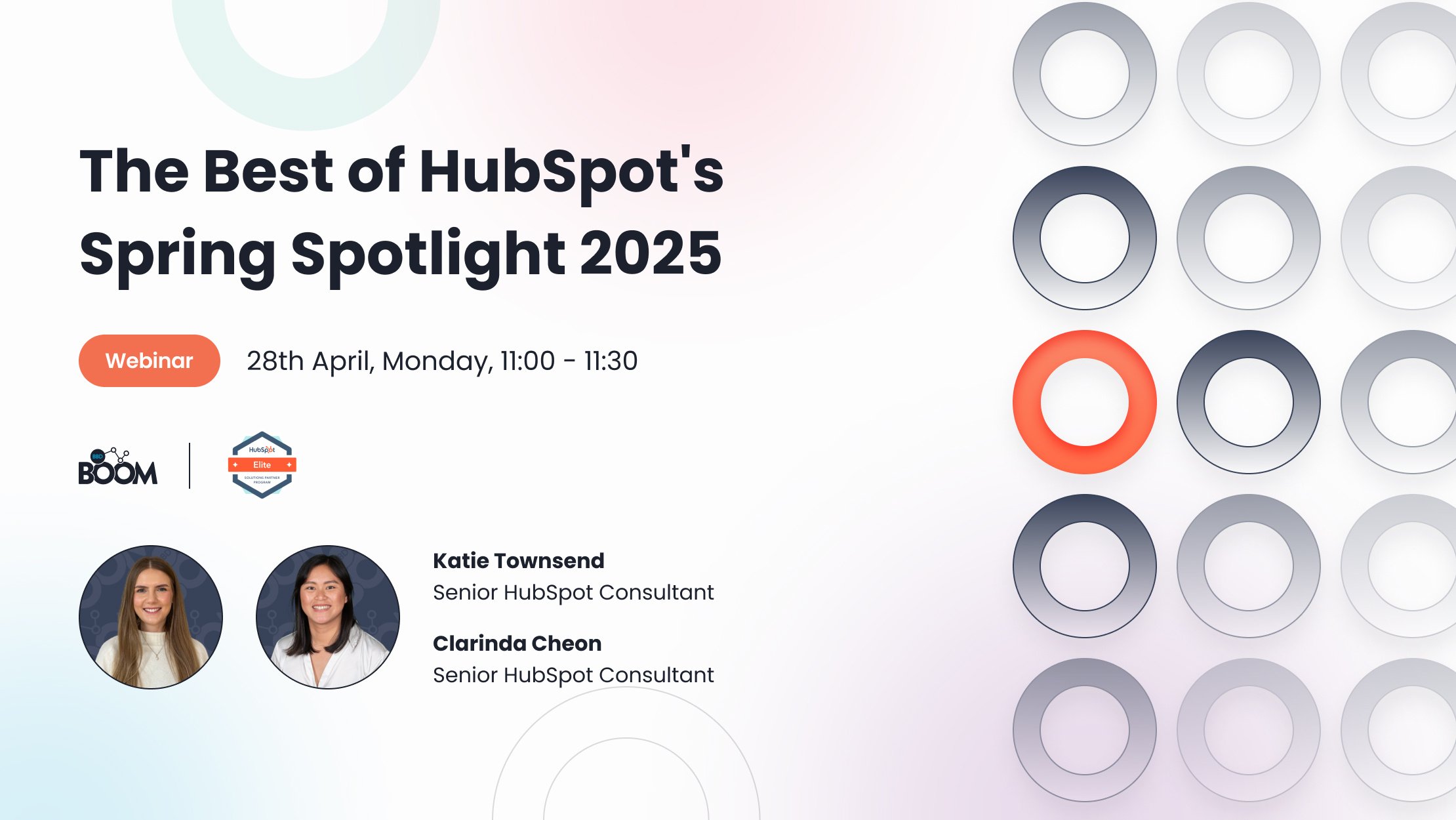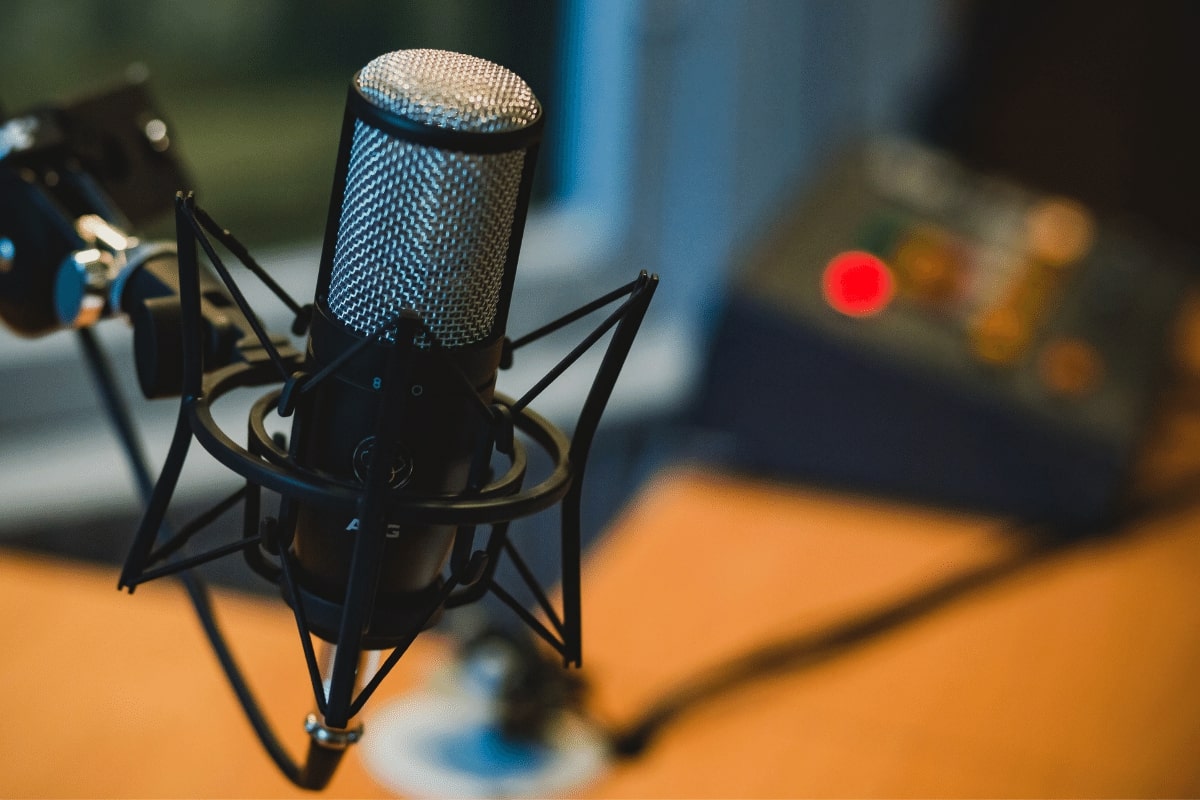A huge, almost never ending challenge for content creators and marketers alike is channel diversity. Today, there are so many different ways you can strive to get your message across to your audiences, but under the current ‘stay at home’ societal shift, consumers’ attention span is dwindling, and the likelihood that they are interested in reading whitepapers or 300 page ebooks is quickly on the decline.
For this reason and many more, content that speaks to you, thus minimising effort for your audiences, still reigns supreme as one of the best ways to educate and portray a message. If you haven’t guessed already by the title of this blog post, I’m talking about videos and podcasts. But, which one should your business focus more time on? Read on for my take on both.
Video
Pros
Video is undoubtedly one of the best mediums to retain viewers' attention. On average, 37% of video viewers will watch until the end, with that number rising to 53% with videos under 90 seconds. On top of this, audiences have been said to prefer watching a brand’s video over other types of static content like newsletters, ebooks, social imagery, and blogs (hopefully not this one).
When talking about conversions, adding a video to a landing page can increase conversion rates by up to 80%, and mentioning the word “video” in an email subject line increases open rates by more than 19%. According to Google, conversions from YouTube video ads are up 150% year over year. On social media, videos have an organic reach that’s more than 8% higher than any other type of post, and also have 48% more views.
Cons
As you may have discovered yourself, high quality video marketing can be financially and time costly if you don’t know where to start. Unlike other content, there are multiple factors that need consideration, from writing a script and plotting out a storyboard, to production necessities like cameras, microphones, and other equipment. If you’d like to dive into how you can start reducing the cost of creating video content, watch our webinar, B2B Video Production on a Budget.
Once made, videos are not evergreen. Unlike with written content where edits or amends can be made with any unexpected change of plans, with video, it’s more complicated to make even small changes, or repurpose the same content in a different scenario or for a different client. This means planning needs to be a huge part of your video marketing strategy.
Podcasts
Pros
Podcasts are a great medium in which to convey information to listeners in a more organic, conversational way, as if you were speaking directly to them. One distinct advantage podcasts have over any other content format is that the non-scripted emotions and personalities heard in a podcast allow you to build a stronger relationship with audiences, building trust and painting your business and colleagues in a positive light.
A reason why podcasts are becoming so popular nowadays is because they buy listeners’ time. Unlike written or video content, podcasts can be consumed at any time, whether you’re driving, at the gym, in the bath; wherever and whenever. For this reason, it’s no surprise that around 35% of podcast fans listen to whole episodes without skipping through any part of them.
Podcasts are also much easier and cheaper to create than videos. All you need is a microphone or standalone audio recorder with a USB cord and proper audio editing computer software. Also, due to their organic nature, there is little need for a script, considerable planning, or constant retakes if someone makes a small error. It all helps add to the relaxed personality you are trying to convey.
Cons
Podcasts do take a lot of time up, especially if you plan on senior team members taking part. Unlike videos, where the most of the work can be handed to the marketing team, recording a whole conversation with any staff member will take up a significant part of the day - time that managing directors or CMOs will not have.
Furthermore, podcasts are not appropriate for every product offering. Unlike videos, a medium you would expect to see in pretty much every industry, the long form conversion that podcasts offer is not always suitable for every target audience. An extreme example would be if you were selling retirement homes. Would your older audience be interested in listening to a long podcast about property? Would they even know what a podcast is? Instead, a podcast would be more appropriate for the technology industry, aimed at tech savvy people who want more in-depth knowledge about an upcoming software update.
Which one is right for my business?
Videos and podcasts alike have great benefits that both can help convey a message and turn visitors into paying customers. Consider your type of business, audience, industry, and internal capacity before diving into each of them to make sure you get the ROI you expect. If you feel like you can benefit from both, then ask yourself, “what is the best mix of the two?”. Use short videos within emails and landing pages to boost your conversion rates, and use podcasts to portray your business as a friendly and personable thought leader.
The possibilities really are endless with both of these mediums, so make sure you are constantly analysing and optimising both to make sure you are getting the results you expect. Check out our B2B Growth Webinar page for some examples of video content we create here at BBD Boom.

.png)



.jpeg?width=50&name=0%20(1).jpeg)

.jpeg?width=90&name=0%20(1).jpeg)


